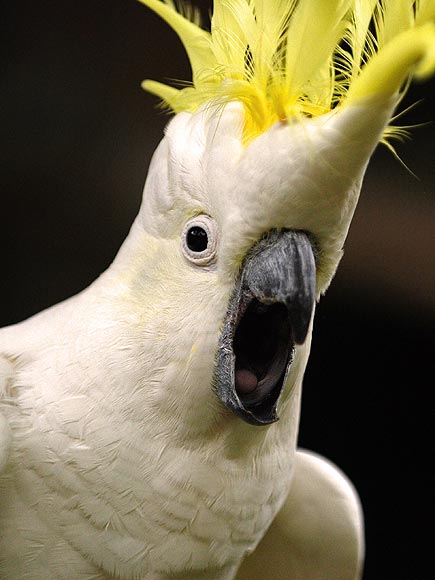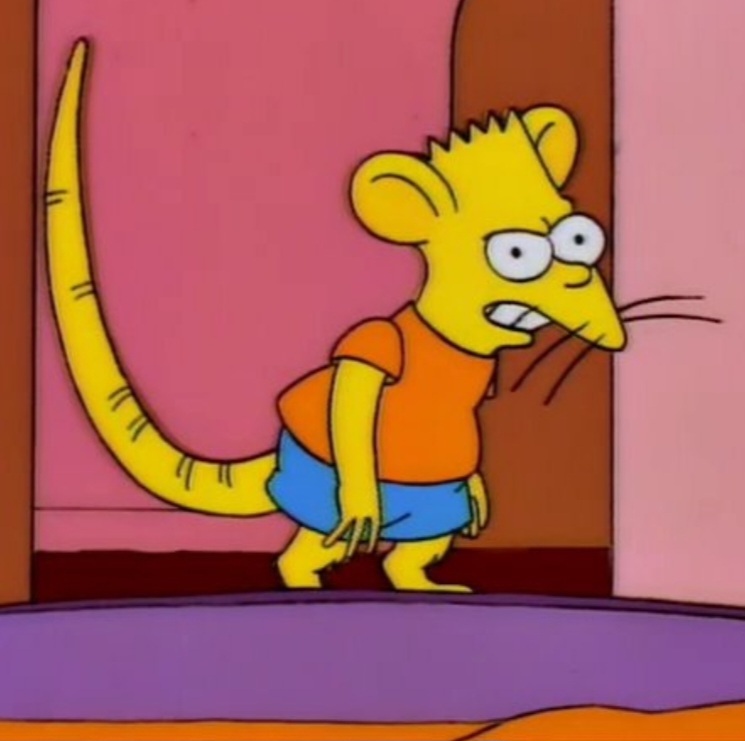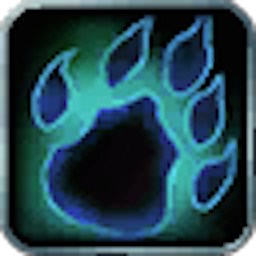I’ve posted this elsewhere before but it fits here too.
In light of European honeybees being hit by varroa I was thinking what could be done to help boost the numbers of native pollinators, which (while they can be indirectly affected by spread viruses) aren’t directly susceptible to it.
Perhaps throwing seed bombs of Australian native wildflowers into abandoned unused pieces of land that are likely to stay that way might help provide more food sources.
It’s a casual low commitment rewilding for an ablebodied person on the weekend, especially for people in flats who have little to no outdoor garden space. There are a few methods that are easy and cheap.
Now I don’t work in conservation so have no idea if this idea is misguided. There definitely needs to be thought given to legality and choice of plants, and personal safety.
Obviously check local laws, make sure it’s not illegal.
Do not trespass or enter risky situations. Do not plant invasive species. (A lot of bee and butterfly flower seed mixes do contain invasive species. Stick to natives and/or check each variety. From a cursory google check the Mr Fothergills Australian native wildflower mix looks okay.)
Use biodegradable materials. No doing this on anybody’s property or reserves. Being aware that some plants are toxic to pets or children which means maybe you wouldn’t plant those varieties by a path.
What do you think? Am I overlooking something big and without guidance this could possibly be harmful?
From what I understand, although Australia has a large number of native bee species, our main pollinators were birds, which is why we have so many flowering frees with ‘robust’ flowers.
In our (inner city) garden we have at least 3 hives, all naturally occurring. Two are euro bees and 1 is natives. There’s at least 1 other native hive in the garden or nearby - we see a lot of blue banded native bees on some flowers.
I really like your thinking, but I’ve become much less convinced about the natives only in the cities. A lot of natives are really well adapted to cities, and the ones that do well don’t necessarily create the right environments for critters.
As an example all our hives live exclusively in camphor laurels. I think it’s because that the camphor’s have a lot of good hollows and they create a lot of shade. Bees don’t like it too hot and they need protected places to build hives. I don’t suggest that you go around trying to plant camphor’s because they are a real invasive species, but they’re definitely good for critters and a really hardy and fast growing, and suit suburbs well. There’s probably are more suitable alternative (ours are very old), but most suburbs are so devoid of significant trees that something has to be better than nothing.
We’ve got a mix of natives and introduced plants here, which all flower at different times. I think this means that there much more certainly and diversity of pollen for the bees. For example the early spring all the rodedendrums were out, wattles were flowering a few months ago, and then the jasmin start and has just finished. The bees bloody love the jasmin. The calistamons are about to go off now, and then all the other summer flowers will take over.
I like the idea of turning vacant land into something useful, but there’s also so much we can do with our own gardens that create permanent habitat that isn’t just grass. We’re part of a strata in a major city, so if we can do it I’d encourage everyone to give it a go themselves.
I completely didn’t think about birds as pollinators. Nice.
Unfortunately I’m not in a position to plant trees. The little soil I have is also constantly overrun by invasive creeping grass from under a neighbour’s fence. But even if it’s just providing a makeshift water source/bathing dish during Summer I’ll see what I can do
Can’t stress the part about making sure you get natives enough! Double check with your salesperson. I bought a wildflower mix from a local nursery that is known for being hyperlocal, organic etc and I bought a pack that had a bunch of invasive.
I think seed bombing is a great idea tbh I should do that myself
May be growing it your garden, collect seeds and spread. I can definitely can do it with banksia.
Unfortunately what little soil I have available isn’t great for the purpose
Oh yeah. Even knowing the mix was natives I was going through the list of species on the packet for a quick check one by one.
It would have to be Australian natives only
Also let everyone know that there are two clear nontoxic treatments for varroa mites that are deadly to mites but perfectly safe for bees:
https://news.wsu.edu/press-release/2021/05/27/fungus-fights-mites-harm-honey-bees/
and stamets inoculative honey:




